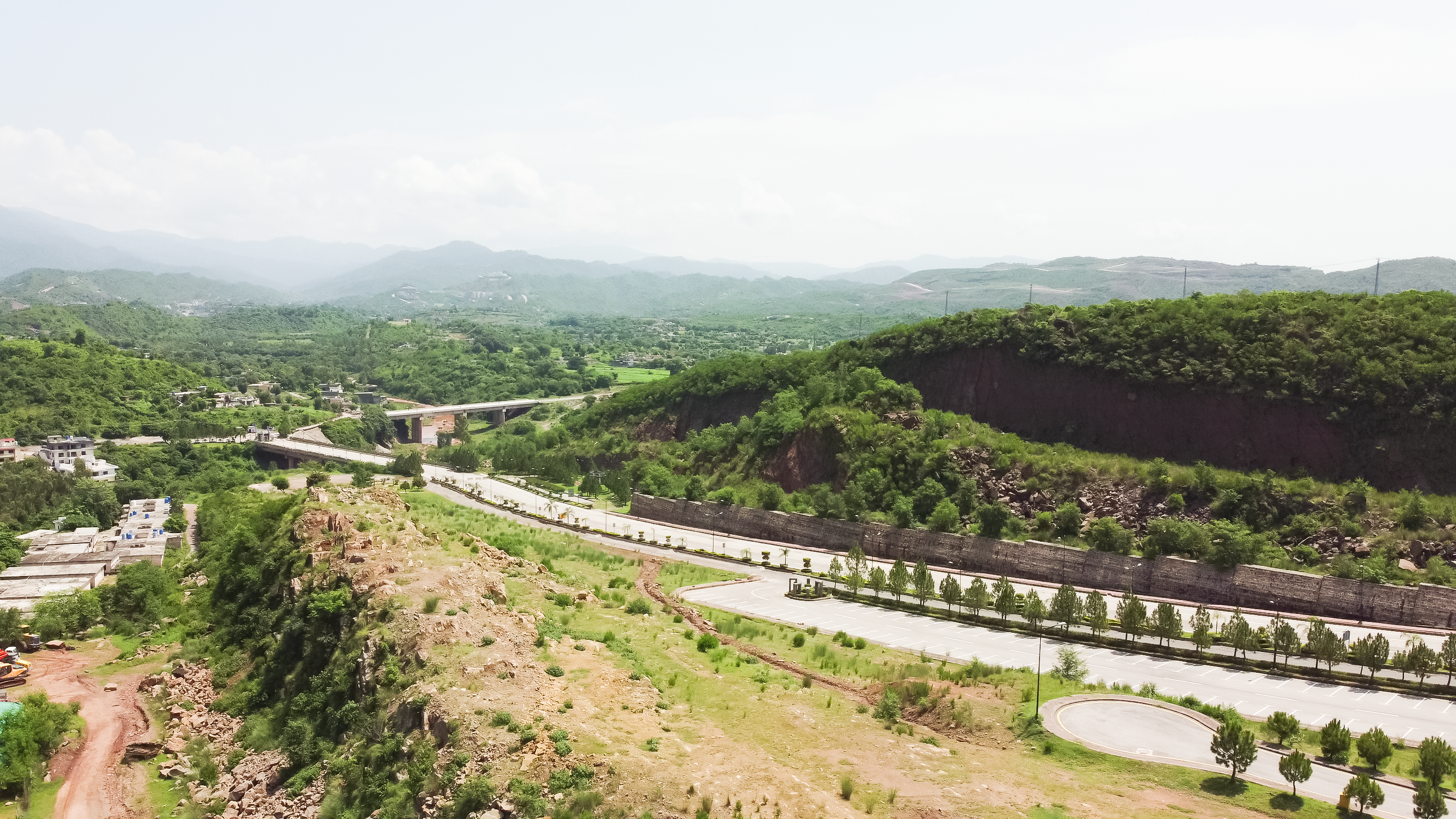After months of building momentum, Pakistan is stepping back onto the global stage with renewed clarity. Backed by real economic indicators, not optimism alone, the government is making its case to global institutions, investors, and markets alike: the fundamentals are turning, and the story is shifting from survival to strategy.
In a high-stakes briefing with Moody’s this week, Pakistan’s top financial leadership made its case, not with speculation, but with hard numbers, reform milestones, and a clear direction for economic recovery.
Led by Finance Minister Muhammad Aurangzeb, alongside key officials including SBP Governor Jameel Ahmed and Minister of State for Finance Bilal Azhar Kayani, the government presented what it described as “compelling evidence” of macroeconomic stabilisation and renewed reform momentum.
A Macroeconomic Picture Taking Shape
The core argument? Pakistan is turning a corner, and they brought data to prove it.
Inflation has sharply declined. The policy rate has been lowered. The exchange rate has held steady. And by the end of June, foreign exchange reserves had crossed the $14 billion mark, an important psychological and financial threshold.
Add to that a current account surplus, improving remittance flows, and a recovery in exports, and the picture becomes more than a temporary rebound. It starts to look like a foundation.
The completion of the final IMF review under the Stand-By Arrangement, with the disbursement of the second tranche, was also highlighted as a turning point. Progress under the longer-term Resilience and Sustainability Facility (RSF) adds further weight to Pakistan’s case for continuity and international confidence.
Importantly, Pakistan’s equity market has responded. According to Bloomberg, the KSE-100 index, the country’s benchmark, is now trading near 139,000 points, marking a 20% gain so far this year and a 70% surge over the past twelve months. It’s a strong vote of confidence from both domestic and international investors.
Reforms Beyond the Headlines
Aurangzeb pointed to specific fiscal and structural reforms already under implementation: trade and tariff liberalisation to support export-led growth, tighter expenditure controls, and stronger tax enforcement.
The country’s long-standing challenge, a low tax-to-GDP ratio, was tackled head-on. This year’s Rs2 trillion revenue increase was attributed to autonomous reforms, not one-off inflows or windfalls. Technology-driven tax administration, digitisation, and enforcement are now under the direct oversight of the Prime Minister, with a clear target of reaching a 13–13.5% tax-to-GDP ratio in the coming years.
Re-engaging the World
Perhaps most notable for investors was the government’s renewed push to re-enter global capital markets. Pakistan has secured $1 billion in commercial financing from the Middle East, is planning an inaugural Panda bond, and is preparing to tap the Eurobond market as rating momentum improves.
At the same time, discussions with the United States on preferential tariff access are reportedly making “encouraging headway”, a signal of shifting trade alliances and improved diplomatic engagement.
What This Means for Investors
After years of volatility, Pakistan appears to be moving toward a more stable macroeconomic environment, with measured reforms, institutional discipline, and a clear external financing roadmap.
For long-term investors watching Pakistan, this is not only about ratings. It’s also about momentum, credibility, and the slow return of trust in a market with extraordinary potential.
Recent News



